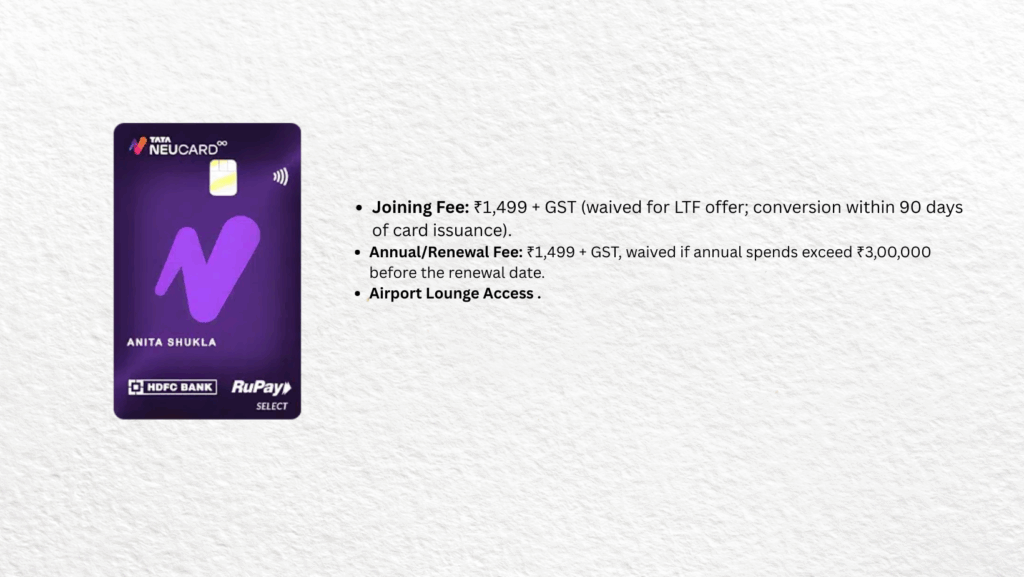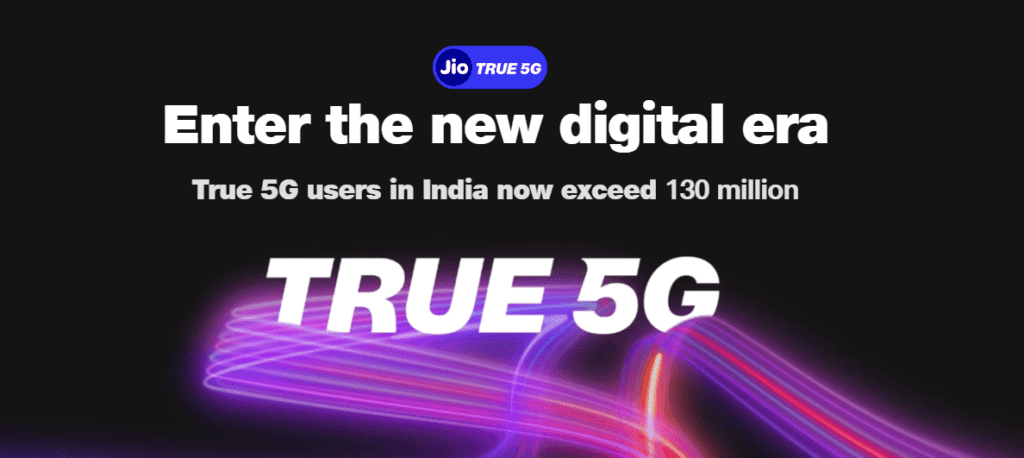
Government employees get one shot to swap UPS’s secure pensions for NPS’s market-driven rewards. No going back! UPS ensures ₹75,000/month; NPS could build ₹1.6 crore but risks volatility. With a 6-month deadline and ₹8.3 lakh crore fiscal stakes, will you choose guaranteed comfort or bold growth?
A decision that could reshape the retirement dreams of millions of Indian government employees has been taken in 2025: Government of India has approved a one-time switch from the Universal Pension System (UPS, earlier known as the Old Pension System/OPS) to the National Pension System (NPS).
At first glance, it sounds like just another administrative circular. But scratch the surface, and this decision drips with suspense, emotion, and long-term consequences. For employees who’ve long seen UPS as their safety net of “assured benefits,” the NPS window opens up a whole new Pandora’s box of choices, risks, and rewards.
The hook? Once you cross the line into NPS, there’s no turning back. The “promised land” of guaranteed UPS pensions disappears. All that remains is your discipline, the market’s performance, and the government’s 4% sweetener at the time of exit.
UPS vs NPS: A Battle of Generations
To understand the magnitude of this choice, let’s rewind. Here is a detailed comparison table of UPS and NPS with the latest 2025 data and features from credible sources relevant to Indian government employees:
| Feature | Unified Pension Scheme (UPS) | National Pension System (NPS) |
| Scheme Type | Hybrid Pension Scheme with guaranteed pension (defined benefits) | Market-linked defined contribution pension scheme |
| Eligible Employees | Central government employees with at least 10 years of service; available to some state employees (starting Maharashtra) | All Indian citizens aged 18–70 including government and private employees, freelancers, NRIs |
| Employee Contribution | 10% of basic salary + Dearness Allowance (DA) | 10% of basic salary + DA for government employees; others can contribute up to 20% of gross income |
| Government Contribution | 18.5% of basic salary + DA | 14% of basic salary + DA |
| Pension Calculation | Guaranteed pension equal to 50% of the average basic pay over last 12 months before retirement (for 25+ years service); proportionate for 10-25 years | Pension depends on accumulated corpus and annuity plan chosen, no guaranteed pension |
| Minimum Pension Amount | ₹10,000 per month (after 10 years of service) | No guaranteed minimum pension |
| Lump Sum Payout at Retirement | Lump sum paid (1/10th of monthly emoluments for every 6 months of service), separate from gratuity; pension unaffected | Up to 60% of corpus can be withdrawn tax-free at retirement |
| Family Pension | 60% of the pension of the deceased employee guaranteed to family | Depends on annuity plan chosen by subscriber; corpus can be inherited |
| Inflation Protection | Pension includes inflation-linked Dearness Relief (DA) adjustments linked to cost-of-living | No guaranteed inflation adjustment; corpus value depends on market returns and portfolio allocation |
| Tax Benefits | Tax treatment is still being clarified as of 2025 | Tax deductions under Sections 80C, 80CCD(1B), 80CCD(2); part of maturity amount tax-exempt |
| Risk Factor | No market risk; assured fixed pension benefits | Market-linked returns; investment risk and volatility borne by subscriber |
| Gratuity | Eligible for retirement and death gratuity | Separate gratuity benefits; corpus withdrawal allowed |
| Flexibility in Investment | Not applicable; pension fixed and government-managed | Choice of fund managers and asset allocation among equities, government bonds, corporate debt |
| Sustainability | Balanced scheme with government support, recognized fiscal liability for states | Self-funded, sustainable with market-linked returns |
This comparison highlights UPS’s appeal to risk-averse employees who want assured lifetime income with inflation adjustment versus NPS’s flexibility, portability, and market-driven corpus growth, but with pension uncertainty.
In essence:
- UPS = Guaranteed Lifetime Income (but fiscally heavy for government).
- NPS = Market-Linked Income + Flexibility (but with uncertainties).
The core suspense of 2025: Should employees trade guaranteed security for flexible growth?
Are Instant Loan Apps Safe? 8 Must-Know Tips to Protect Yourself
Lounge Access and NeuCoins Perks with Tata Neu Infinity HDFC Bank Credit Card
Indian Stock Market Outlook for Monday, 04-08-2025
What Are the Best Employee-Friendly Companies in 2025? Workplaces That Truly Care
Why This Sudden Switch Window in 2025?
The underlying answer lies in India’s fiscal stress and pressure for pension reforms.
- According to the 2025 Union Budget, pension liabilities now account for over 14% of state finances, up from 9% a decade ago.
- RBI’s August 2025 bulletin reported a ₹8.3 lakh crore cumulative future pension liability burden for UPS states.
- With an increasingly younger workforce and market-oriented reforms, the government is pushing for a nationally consistent retirement landscape under NPS.
Yet, employee unions across India — particularly in Rajasthan, Himachal Pradesh, and Chhattisgarh where UPS was restored — have been demanding fairness and portability. The one-time switch offer is the government’s answer: a compromise between employee aspirations and fiscal prudence.
The Strict Eligibility Rules: Not Everyone Qualifies
The government hasn’t left the floodgates open. Instead, it has placed strict conditions to ensure that only eligible employees can access this switch.
Here’s what we know as of August 2025:
- One-Time Irrevocable Option
- Once an employee opts for NPS from UPS, there is no reversal allowed. UPS benefits, including assured post-retirement payouts, are forfeited permanently.
- Service Tenure Criteria
- Only employees with less than 15 years of completed service can apply. This is to protect employees close to retirement from destabilizing their financial plans.
- Government Contribution Adjustment
- While regular NPS employees get 14% government contribution, switchers will now receive an additional 4% differential contribution at the time of exit, directly added to their final corpus.
- Investment & Withdrawal Norms
- All investments by switchers will be governed by PFRDA (Pension Fund Regulatory and Development Authority) guidelines, which mandate partial annuitization and restrictions on lump-sum withdrawals.
- Application Deadline
- A strict six-month deadline has been imposed for making the choice. Miss it, and you stay in UPS forever.
This exclusive window has created an environment of both excitement and anxiety within employee circles.
Emotional Dilemma: Employee Narratives
Take the case of Rakesh Kumar, a 35-year-old teacher in Uttar Pradesh.
- Under UPS, he was assured of pension equal to 50% of his last drawn salary.
- But under NPS, he sees potential for his corpus to grow beyond ₹1.2 crore if invested in equity with above-average returns.
- His dilemma? “Do I choose safety for my family or risk for potential prosperity?”
Similarly, Anjali Sharma, a 28-year-old Revenue Department officer in Gujarat, sees NPS as “the freedom plan,” where she can manage asset allocation, benefit from compounding, and even leave behind a sizable corpus for her children.
At the other end of the spectrum, senior clerks approaching 50 years are hesitant: the idea of losing assured UPS benefits is too risky this late in the game.
These contrasting voices show why the debate is becoming an emotional and generational choice.
The Financial Math: What’s at Stake
Let’s break down the numbers with fresh 2025 data.
Case 1: Staying in UPS
- Retire at age 60 with last salary = ₹1.5 lakh/month
- Assured pension = ₹75,000/month (plus DA-linked hikes)
- Total lifetime benefit (assuming 20 years post-retirement) ≈ ₹2.3 crore in today’s real terms, backed by the Treasury.
Case 2: Switching to NPS
- Contributing from age 35 to 60 (25 years service left)
- Employee contribution = 10% of basic = ~₹15,000/month
- Employer contribution = 14% + 4% exit bonus = ~₹21,000/month equivalent
- Expected corpus at 8% CAGR = ₹1.6 crore+
- Annuity purchase mandates 40% min., leaving ~₹96 lakh corpus available for withdrawal and ~₹64 lakh for a pension annuity.
- Result: Estimated pension ~₹55,000–60,000/month, plus potential lump-sum.
The tension is clear: UPS guarantees stability, NPS promises flexibility and potential upside.
Hidden Twists Employees Often Miss
1. Inflation Monster
While UPS pensions are seen as stable, real pension erosion due to inflation can reduce purchasing power dramatically. NPS investments, with equity exposure, may beat inflation better over long horizons.
2. Legacy vs Legacy-Building
UPS dies with you (pension ends or is limited for dependents). NPS, however, allows corpus inheritance, giving employees a chance to build intergenerational wealth.
3. Policy Volatility
Governments in the past have oscillated between UPS and NPS. While the current window promises clarity, the political economy of pensions is never static.
What Should Employees Do? Expert Suggestions
Making this decision is not just about pension policy — it’s about aligning financial planning with personal life goals. Here are some stunning but practical suggestions:
- Run Personal Simulations: Use certified financial planners to simulate UPS vs NPS benefits considering retirement age, inflation, and lifestyle needs.
- Factor Family Liabilities: If your dependents rely on you for decades, inheritance-friendly NPS might be smarter.
- Risk Appetite Test: If equity volatility gives you sleepless nights, UPS’s safety outweighs NPS returns.
- Tax Benefits: NPS continues to offer Section 80C + 80CCD(1B) + 80CCD(2) tax perks, adding up to ₹2 lakh+ annual deductions. UPS doesn’t.
- Think Beyond Yourself: UPS benefits vanish after a widow/widower pension, but NPS can leave a large lump sum for children.
The Final Thought: A Leap of Faith or a Trap?
The government’s one-time migration window from UPS to NPS in 2025 is more than a pension reform. It is India’s philosophical shift from defined benefits to defined contributions, from collective taxpayer-backed security to individual financial responsibility and market participation.
For employees, the choice is existential — a clash between the old world of certainty and the new world of possibility. Whether you choose UPS or NPS, you are betting on your faith: faith in the government’s continued backing or faith in the markets’ long-term wealth-creation ability.
As India itself finds its balance between welfare and reform, employees too must decide — will you cling to the anchor of UPS, or sail into the uncertain but promising seas of NPS?

































